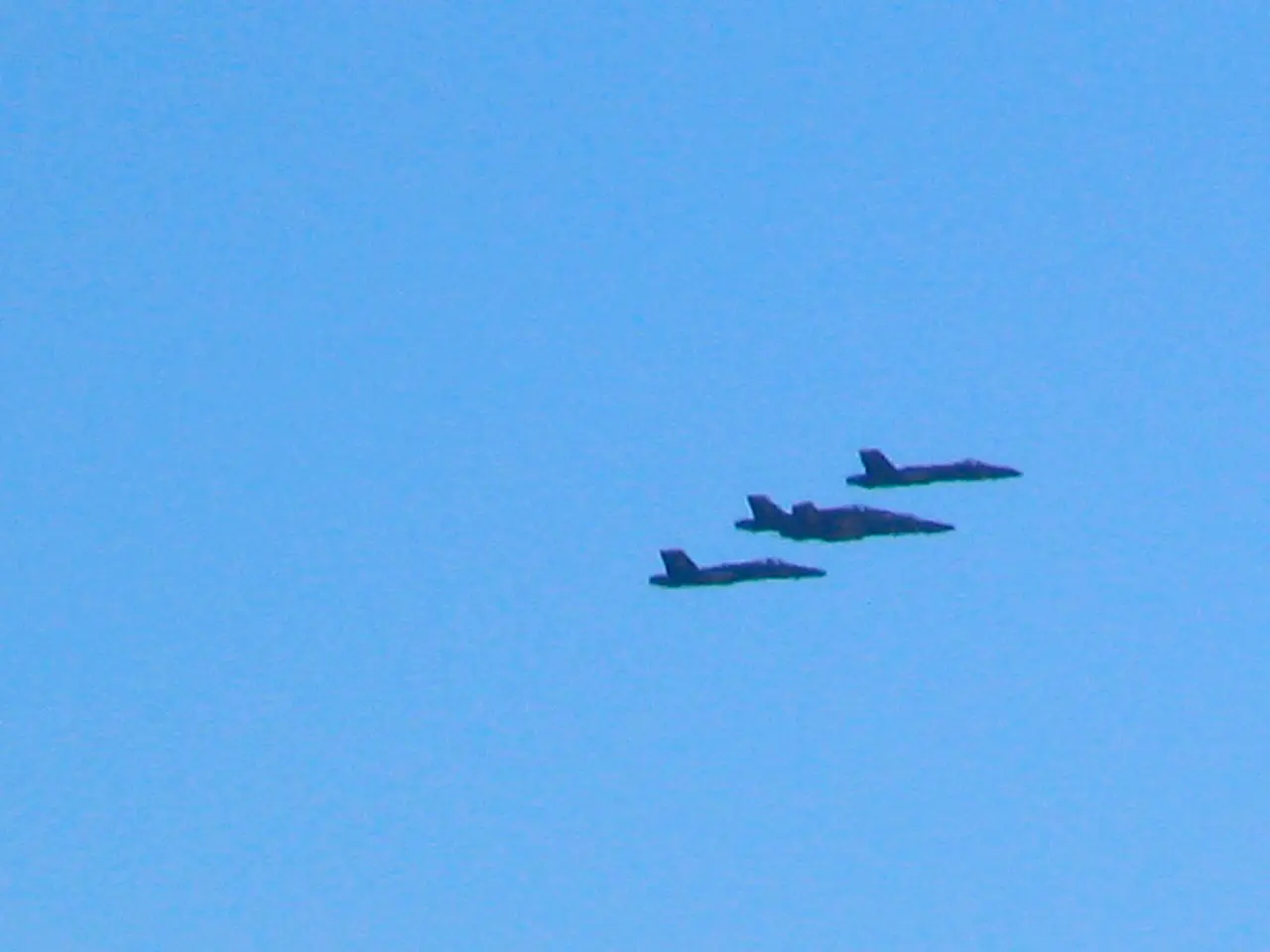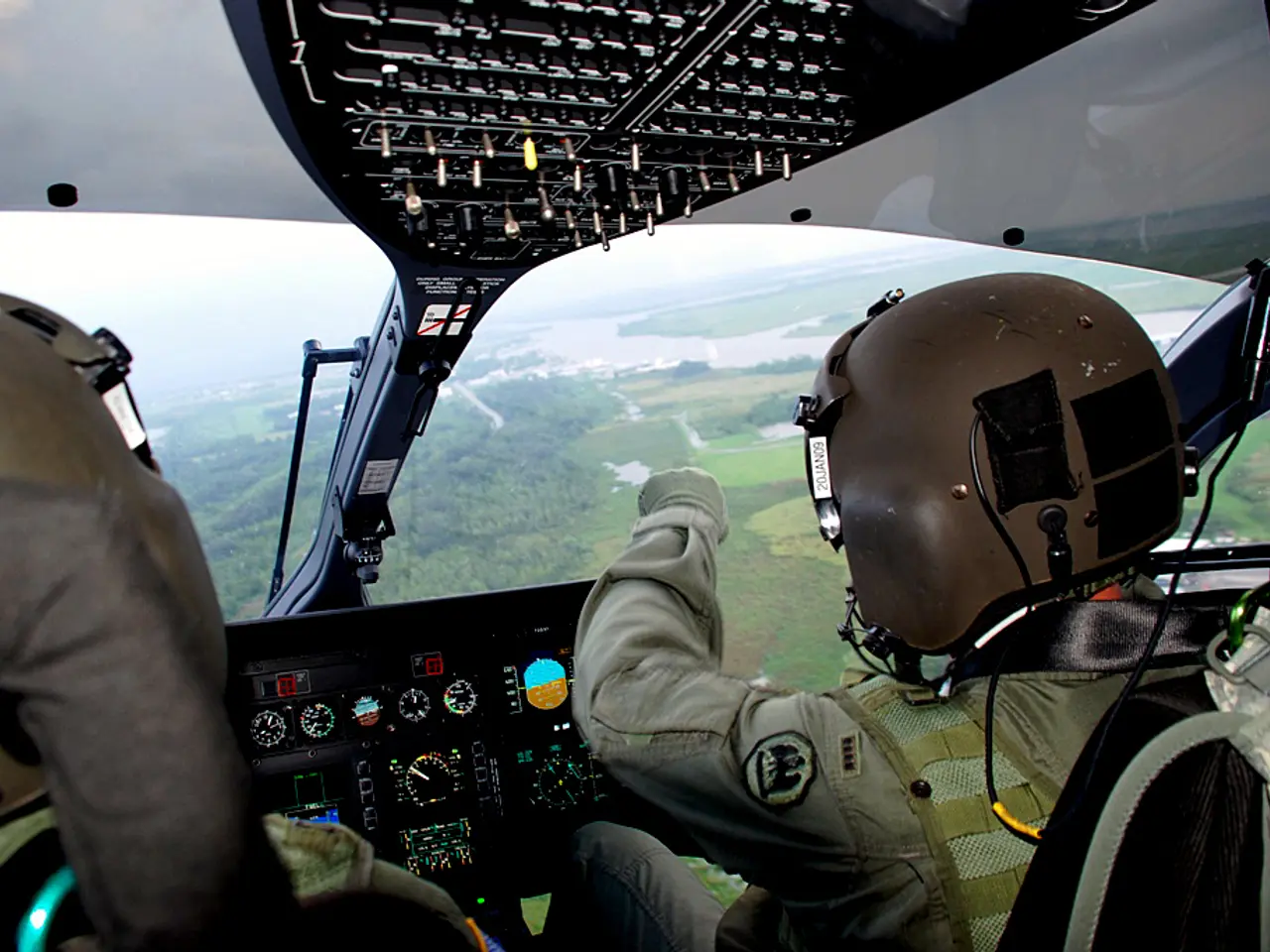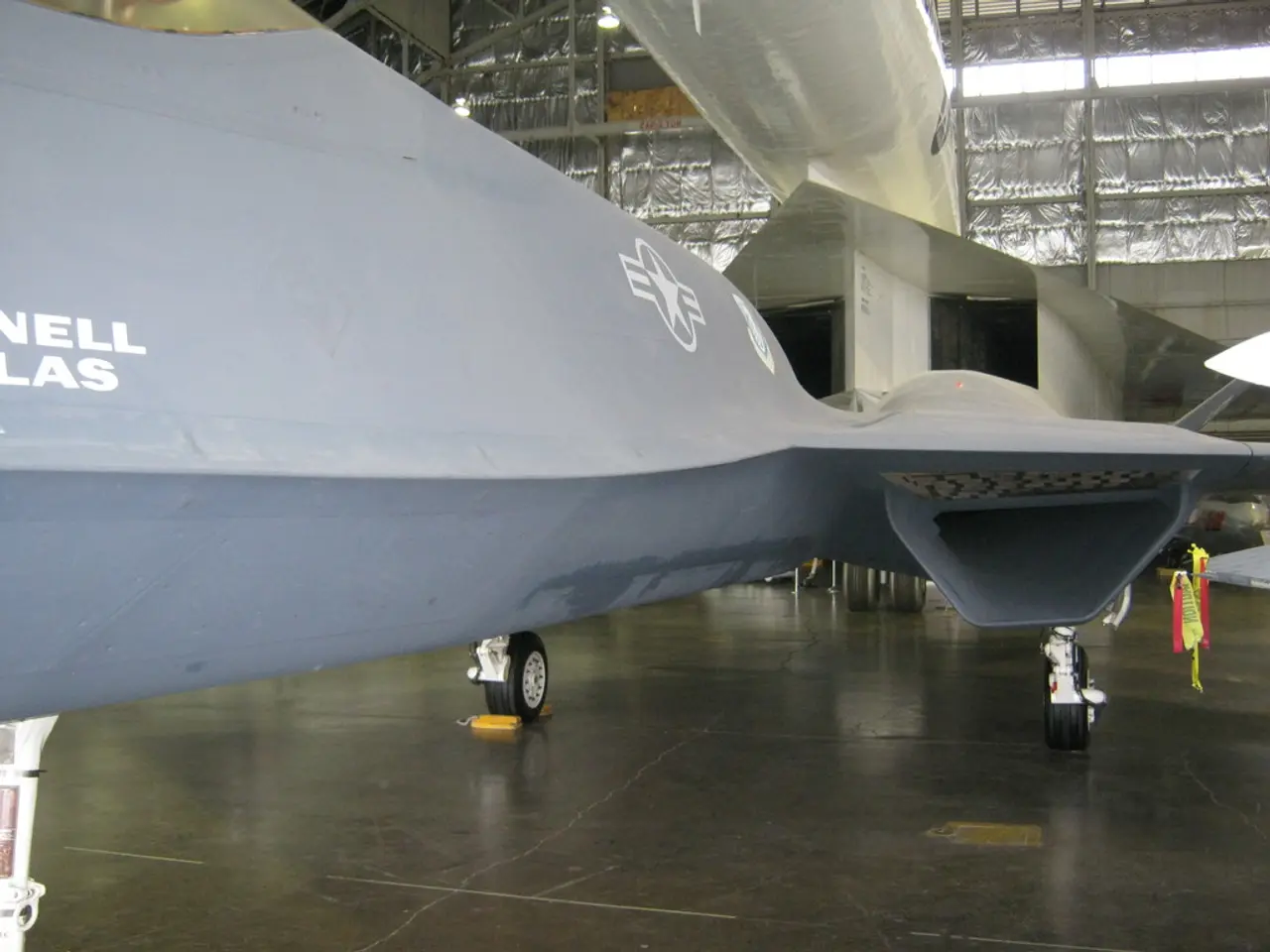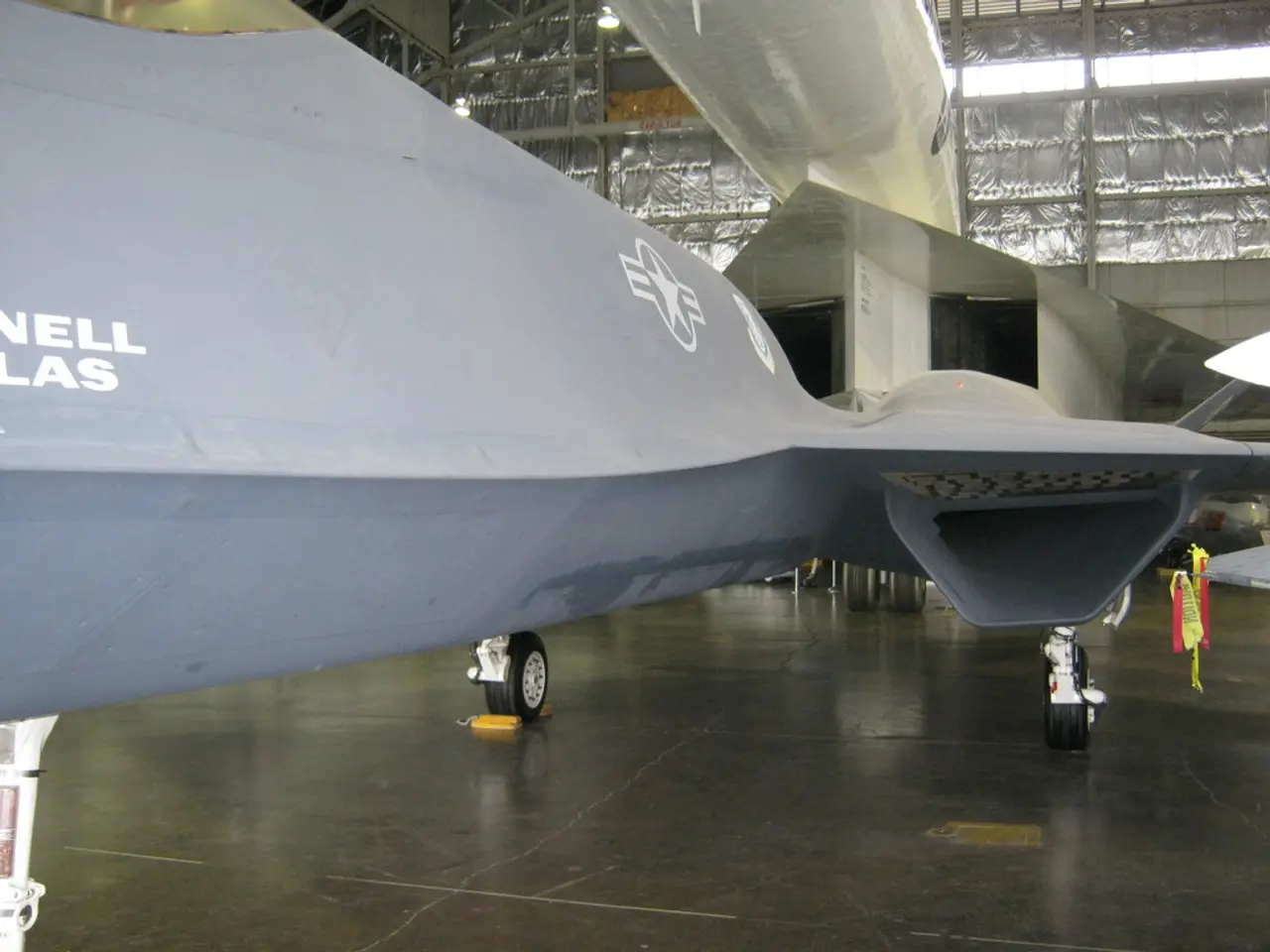Unauthorized Ascent of Air China Plane in Siberian Airspace, Narrowly Escaping Heightened Aviation Disaster
In a close call that breached international aviation regulations, two planes narrowly avoided a collision over the Tuva region near the Siberia-Mongolia border on July 6, 2025. The incident involved Air China's Airbus A350 Flight CA967, en route from Shanghai to Milan, and SF Airlines' Boeing 767-300ER freighter Flight CSS128, which was flying from Budapest to Ezhou.
According to official findings, the Air China plane climbed without clearance due to a misinterpretation of air traffic control (ATC) instructions. This unauthorized climb put the two aircraft on a collision course, bringing them as close as 90 to 120 meters—well below the global safety minimum of 305 meters. Remarkably, the planes' Traffic Collision Avoidance Systems (TCAS) activated, prompting urgent evasive maneuvers that prevented a collision.
Russian controllers managing four flights at the time had instructed nearby planes to maintain their altitude, but the Air China pilot appears to have misunderstood these instructions, initiating the climb that caused the near miss. The SF Airlines crew visually spotted the Air China jet approaching and alerted air traffic control.
The mid-air safety minimum distance is 305 meters (1,000 feet), but the planes came within 90-120 meters (300-400 feet). Cockpit communications and radar data support the conclusion that pilot confusion over ATC instructions led to the incident.
Authorities have not yet released official findings on the incident, but Chinese media and The Independent report that the Air China crew later blamed a misunderstanding. Audio recordings of the exchange suggest miscommunication was a factor.
This near miss has raised aviation safety concerns, particularly related to ATC communication and workload management during simultaneous flight guidance. The incident underscores the importance of clear and concise communication between pilots and air traffic controllers to ensure the safety of all flights.
After the near miss, Russian air traffic controllers guided both jets onto diverging paths to ensure safe separation. Both planes continued their journeys without further incident. The incident serves as a reminder of the challenges and complexities faced in modern air traffic management and the need for continuous improvement in safety protocols.
The incident involving Air China's Airbus A350 and SF Airlines' Boeing 767-300ER freighter, which took place on July 6, 2025, has brought focus to airline news within the wider transportation and aviation industry, with concerns regarding finance, safety, and air traffic control communication. The near miss highlighted the crucial role of clear and concise communication between pilots and air traffic controllers to maintain flight safety, especially during simultaneous guidance.







